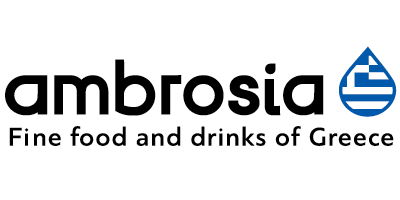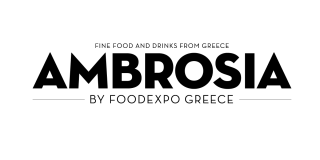From trahanas to makarounes to striftoudia and chylopites, Greek pasta is as diverse as it is delicious. No wonder the whole world knows of its superior quality.
Pasta has always been an integral part of the Greek larder. Nowadays, innovation goes hand in hand with tradition, that has passed on to small family businesses and women’s cooperatives that craft the fine high quality pasta as it used to be, using only the best materials. Yet, it was only a matter of time before Greek pasta moved from traditional practices to more industrialized types. Nowadays, there are several major pasta companies in the country, producing different types of high quality pasta (from traditional to more innovative ones). These companies have invested heavily on R&D and now stand on top of their game with state-of-the-art plants and advanced equipment.
Innovation is a key ingredient to Greek pasta, but so is tradition. That is why Greek pasta manufacturers are combining their extensive know how with the latest technology –not to mention the excellent Greek raw materials– in order to produce and market the best of two worlds: original, delicious pasta that have slowly but surely conquered international markets. Greek companies are also spearheading the “Free from” trend by creating pasta that ca- ters to the needs of people affected by food allergens and intolerances. More and more brands are expanding their offerings and pasta manufacturers are building and installing dedicated production areas for as many Free from ingredients as they can. Greek Free from pasta is not only made without allergen ingredients, it is also nutritious and tastes good, thanks mostly to the unique produce of the Greek land; the country’s climate produces idiosyncratic crops and herbs, high in nutrients and packed with flavor, that offer a great alternative to the usually blunt Free from products. Greek brands are making efforts on all fronts to ensure that their offerings combine premium quality with excellent taste and innovative packaging.
Greek Durum Wheat
What makes Greek pasta stand out is the quality of their ingredients, and especial- ly the quality of the wheat used. It is no secret that the best pasta in both color and flavor is made with durum wheat (also called pasta wheat). Greece is a traditional wheat-producing country, and most of it is durum. The cultivation of durum generates greater yield than other wheats in areas with lots of sunshine and low precipitation, and therefore Greece is one of the best countries to produce high quality durum.
The Greek Traditional Pasta
Greeks have been making their own, mouth-watering pasta for centuries. The variety of the landscape, together with local imagination and creativity have provided endless inspiration for the different shapes of pasta found throughout the regions of Greece. The most famous –and common– traditional pasta are trahanas (a fermented mixture of grain and milk), chylopites (a kind of noodle), kritharaki (orzo), and macaroni chontro (some sort of thick macaroni). There is, however, a great number of types of traditional Greek pasta that most people –and especially international consumers– are unfamiliar with: flomaria in the island of Lemnos; gkogkes and striftades in the Peloponnese; sioufichta, kalogeristika, avgochylos (short type of tagliatelle), chylofta (they resemble linguini) and magkiri (small square-shaped pasta) in Crete; aftoudia (an ear-shaped pasta) and valanes (small spiral-shaped pasta) in Chios; petoura in northern Greece; makarounes in the islands of the northeast Aegean, etc. The traditional, old-fashioned dishes made with local Greek pasta are some of the most delicious foods in the country.
Old ingredients trending now
Durum wheat is not the only wheat producing first-class pasta. In fact, Greek companies are turning to, sometimes, millennia-old wheat varieties, such as zlitsa (a semi-hard wheat variety cultivated in northern Greece), koutroulia (a soft wheat variety) or zea (one of the oldest grains known to man that has been making a comeback and it is now popular again) that produces wholegrain pasta, in an effort to offer customers more exciting products.
Main types
Trahanas: It is found chiefly in mainland Greece. It is very nutritious and is served even for breakfast in the countryside. There is no doubt that Greece holds a leading position as the country with the biggest variety of trahanas worldwide.
Chylopites: Either cut long or in very small pieces of about 1cm long. Chylopites can be produced locally by family-run businesses, but large companies also use natural processes and traditional methods for their preparation.
Kritharaki: Kritharaki or “little barley” in Greek, can be served alone, as a soup accompaniment, as part of a salad, giouvetsi (with meat in a pot) or baked in a casserole. It is one of the most versatile and flavorful traditional pasta.
Your Basic Greek Brands
If you are interested in Greek Pasta, you could check out the following companies:
BARILLA HELLAS SA • www.barilla.gr • tel.: +30 21 05197800
EURIMAC SA • www.eurimac.gr • tel.: +30 23410 72164
HELIOS-P. DAKOS MILLS • www.heliospasta.gr • tel.: +30 210 2840140-7
MELISSA KIKIZAS • www.melissa.gr • tel.: +30 210 5190130
MORAITICA PASTRY • www.moraitica.gr • tel.: +30 27520 94200



















